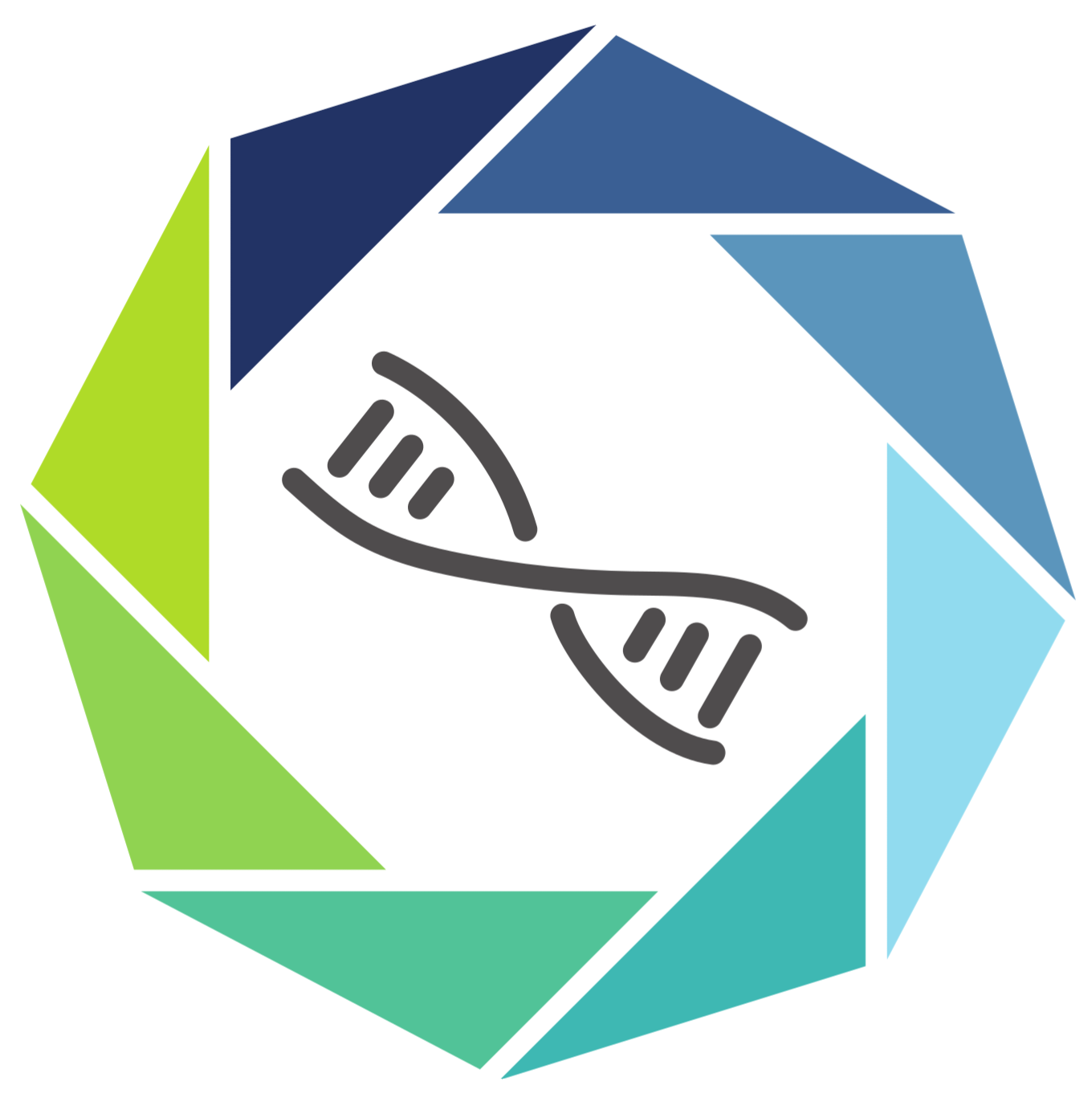
OUR HISTORY
Our sequencing infrastructure was established in 2010, as the Deep Sequencing Facility of the University of Technology Dresden (TUD). The first short-read sequencing instruments, the HiSeq 2000 and MiSeq (Illumina) were acquired in 2011-12, with funding from the DFG.
The DcGC came officially into place in 2013, through an innovative collaboration between the Deep Sequencing facility of the TUD, which brought in expertise in short-read sequencing, and the Sequencing & Genotyping facility of the Max Planck Institute of Molecular Cell Biology and Genetics (MPI-CBG), which contributed with expertise in long-read sequencing. This joint venture allowed us to invest into and set up our Technology Units. Since then, the DcGC is a flagship example of shared infrastructure across different institutions in Dresden, developing innovative technology in high-throughput sequencing.
In 2019, the DcGC became one of four Competence Centers (NGS-CC) for NGS sequencing and research in Germany, funded via the DFG NGS Competence Network program. This program is associated with the DFG-funded Sequencing Calls that support large-scale projects all across Germany. Within this funding scheme, we are responsible for 10-15 projects per year that often involve a combination of technologies and thus substantial developmental work from the different teams at DcGC.
In addition, the DcGC is one of the six Data Hubs of the German Human Genome-Phenome Archive (GHGA), an initiative under the DFG National Research Data Infrastructure (NFDI) that aims at building a German-wide infrastructure for safe storage, sharing, and analysis of human omics data. This is being carried out in close collaboration with the Center for Information Services and High Performance Computing at TU Dresden (ZIH), who adds knowledge, support and management of high-performance computing and data storage to the DcGC.
Today, the DcGC is organized in 6 Technology Units: Short-Read, Long-Read, Single-Cell, Spatial Omics, Bioinformatics, and OpenLab. Click here to read more about these Units.
